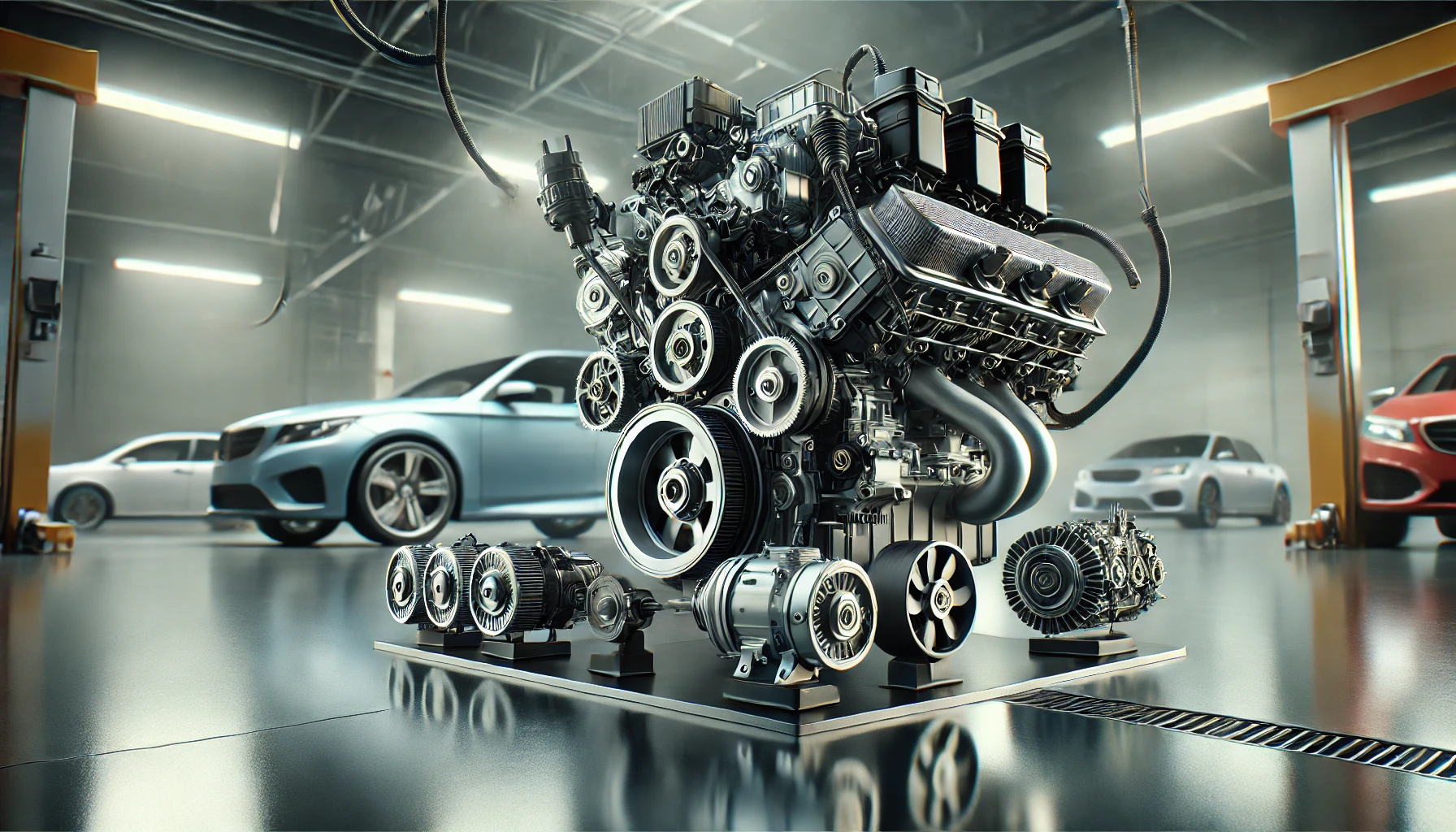Understanding the Term “Motor/Motor Type” of a Car
Last Updated At: 2025-12-24 Author: Sarah
[Car Tech Knowledge/ XNmotors]
When browsing car listings, one of the most critical details to consider is the “Motor” or “Motor Type” of a car. Whether you’re a first-time buyer or an automobile enthusiast, understanding this term can help you make an informed decision and choose the vehicle that best fits your needs.

Image Source: AI generated
What Is a “Motor” in a Car?
The term “motor” in the automotive world generally refers to the engine or power unit that propels the vehicle. Traditionally, the words motor and engine were used interchangeably, though technically, a motor can refer to any machine that converts energy into motion—whether it be fuel, electricity, or hybrid power.
The “motor type” specifies how the car generates its power to move. This is particularly important because the motor type affects performance, fuel efficiency, maintenance costs, and environmental impact.
Common Motor Types in Modern Cars
Here are the main motor types found in today’s vehicles, along with real-world examples:
1. Internal Combustion Engine (ICE)
The most traditional motor type, ICE vehicles use fuel (petrol/gasoline or diesel) to power the engine. In an ICE:
• Fuel Combustion: The engine burns fuel inside cylinders to produce power.
• Types of ICE Motors:
• Petrol/Gasoline Engines: Known for smooth operation and acceleration.
• Diesel Engines: More fuel-efficient for long drives and heavy loads.
Examples:
• Petrol: Toyota Corolla, Honda Civic, Ford Mustang
• Diesel: Ford F-250, BMW 3 Series Diesel, Volkswagen Tiguan TDI
Pros: High availability, proven technology, and quick refueling.
Cons: Emits greenhouse gases and relies on fossil fuels.
2. Electric Motors (EVs)
Fully electric cars use electric motors powered by large battery packs. Instead of burning fuel, they use electricity stored in the battery to turn the motor, generating torque to move the car.
• Power Source: Batteries charged via electric grids or charging stations.
• Key Advantages:
• Zero emissions during operation.
• Lower maintenance due to fewer moving parts.
• Quieter and smoother driving experience.
Examples:
• Tesla Model 3, Nissan Leaf, BMW i4, Hyundai Ioniq 5
Pros: Environmentally friendly, low operating cost.
Cons: Limited range, longer refueling times, and dependence on charging infrastructure.
3. Hybrid Motors
Hybrid vehicles combine internal combustion engines and electric motors to maximize efficiency. There are two main types:
• Hybrid Electric Vehicles (HEVs): Use both a fuel engine and a small electric motor, with the motor assisting during low-speed driving.
• Plug-in Hybrid Electric Vehicles (PHEVs): Larger batteries allow these cars to operate fully on electric power for short distances before switching to the combustion engine.
Examples:
• HEV: Toyota Prius, Honda Insight, Ford Escape Hybrid
• PHEV: Toyota RAV4 Prime, Hyundai Tucson PHEV, BMW X5 xDrive45e
Pros: Improved fuel efficiency and reduced emissions.
Cons: Higher cost compared to traditional ICE cars.
4. Hydrogen Fuel Cell Motors
These motors use hydrogen gas to generate electricity through fuel cells. The electricity then powers an electric motor, propelling the vehicle.
• Emission: Only water vapor is emitted.
• Fuel Source: Hydrogen tanks that can be refueled quickly, similar to ICE vehicles.
Examples:
• Toyota Mirai, Hyundai Nexo, Honda Clarity Fuel Cell
Pros: Clean energy, quick refueling.
Cons: Limited availability of hydrogen infrastructure.
Why Does Motor Type Matter?
When purchasing a vehicle, understanding the motor type helps you assess:
1. Performance:
• Electric motors deliver instant torque for smooth acceleration.
• ICE vehicles provide sustained power for long-distance driving.
2. Efficiency:
• Electric and hybrid vehicles offer better fuel efficiency and lower operating costs.
3. Environmental Impact:
• EVs and hydrogen fuel cell cars reduce carbon emissions compared to ICE engines.
4. Maintenance Costs:
• Electric motors require less maintenance than traditional engines due to fewer mechanical components.
Conclusion
The motor type of a car plays a vital role in its performance, fuel efficiency, and overall value. Whether you’re considering a classic petrol engine, a fuel-efficient hybrid, or a cutting-edge electric vehicle, understanding the motor type allows you to align your purchase with your driving needs, environmental preferences, and budget.
( Article / XNmotors Sarah )
Comments
No comments yet. Be the first one to comment.